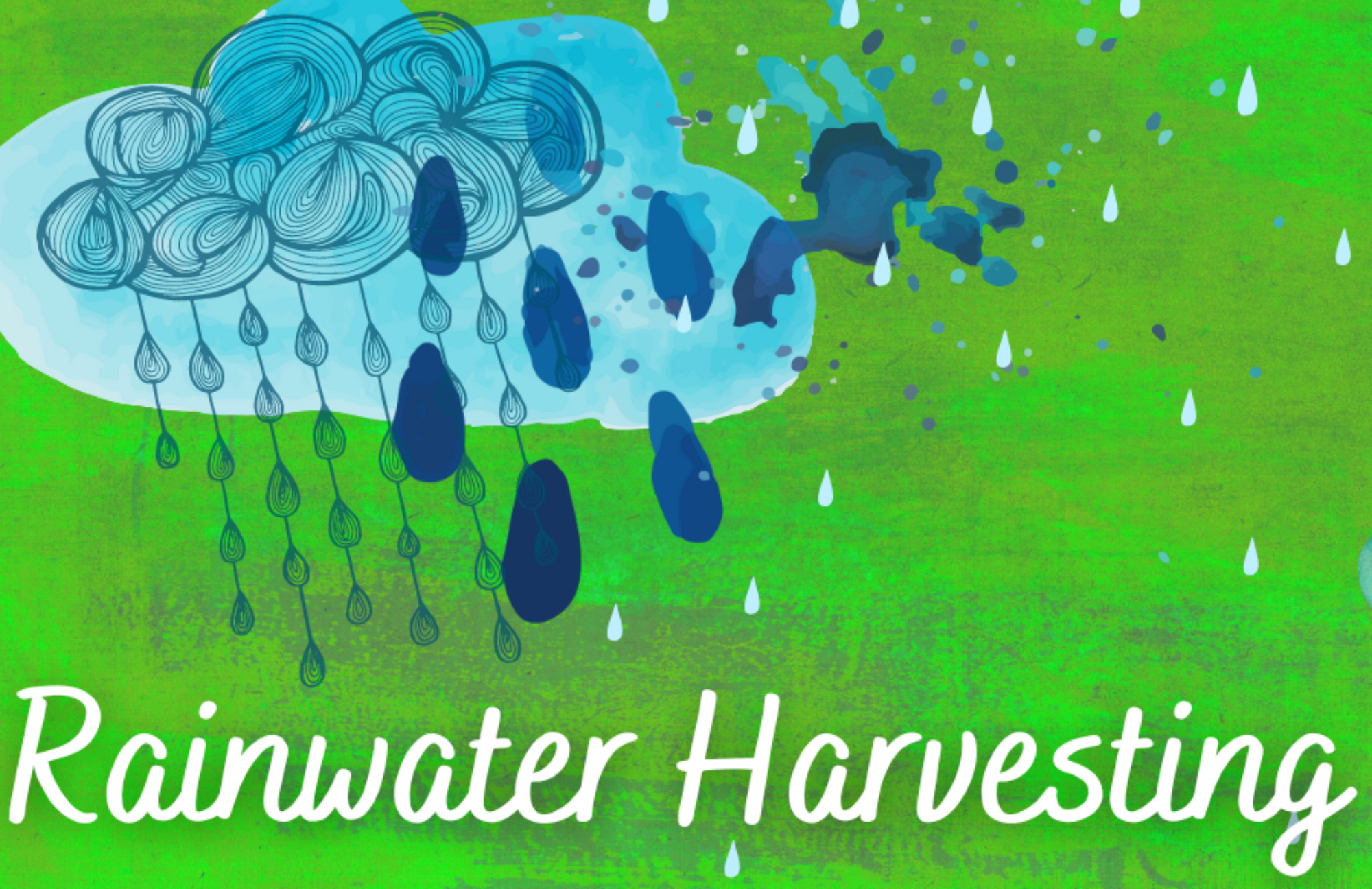FAQ: Authorization for Potable Rainwater Systems for Single Family Dwellings
Are you exploring rainwater as a potable water source?
Are you a homeowner in the Gulf Islands of British Columbia?
Or, planning to build a home?
CLICK TO VIEW: Rainwater Storage Regulatory Process
Frequently Asked Questions and Answers:
-
Do I need to hire a professional? Yes. Your system will require certification by a qualified professional. When planning to create a system to harvest and use rainwater for potable purposes, please consult:
A Rainwater System Design Consultant
-
- A qualified professional that will assess your needs, as well as water treatment parameters
- Provides design and construction oversight and assistance with regulatory permissions
- These professionals are required by law to understand and to apply the B.C. Building Code, the Plumbing Code
- They are familiar with the legislation and regulations that will impact your system.
- Islands Trust requires proof of sufficient potable water: for a dwelling unit this is currently 1600 Litres per day (Table 1, Section 5.5.5 Land Use Bylaw).
2. Will I require a Capital Regional District Building Permit for rainwater storage for potable uses? Yes. You are required to apply for permits:
- A Capital Regional District Building Permit is required for potable rainwater storage systems, or for any onsite water storage entering the home. (See checklist for permit application.)
- To fulfill the CRD Building Permit Checklist, you will first require to submit plans for your potable onsite rainwater storage tank(s) to Islands Trust. See item number 3 in this list.
3. When and how do I get authorization from Islands Trust to build my potable rainwater storage? You are required to consult Islands Trust and to submit preliminary plans for your potable rainwater storage project
-
- Please fill out this Islands Trust Building Permit Review Form before submitting your Building Permit Application to CRD.
- Islands Trust will review your plans to consider whether those designs meet the bylaw requirements:
- Where are the tanks relative to lot lines?
- section 4.3 states that the potable water storage tanks may not be situated within 7.0 meters of front or rear lot lines, nor within 3.0 meters of an interior side lot line, nor within 4.5 meters of an exterior side lot line
- exception: one structure (less than 2.5 meters tall and with floor area 10 meters square, or less) may be placed within the setback distance from either the interior or rear lot line
- Please review the bylaw section 4.3 carefully for more information that is not included in this article.
- Where are the tanks relative to natural water bodies?
- A tank may not be situated within 30 meters of a natural watercourse, pond, wetland or lake
- How tall are the tanks?
- maximum height is 7.6 meters
- section 3.8 of the Land Use bylaw
- How much of the lot is covered by buildings and structures?
- Maximum coverage area depends on zoning for each lot
- Will the tanks or any land-altering works be located in a development permit area?
- If they’re located in a development permit area, do they trigger the requirement for a development permit?
- Where are the tanks relative to lot lines?
- For those intending to apply for a subdivision, proof of sufficient potable water is outlined in section 5.5.2 of the bylaw
- You may be required to apply for a Development Permit from Island Trust. Please consult the Land Use bylaw and make an appointment at the Islands Trust Planning Office to ensure you have correctly interpreted the bylaws for your planned siting and system type and size.
4. Who is responsible for ensuring rainwater is potable (drinking water quality)? You are responsible for the water quality of your treated rainwater.
Rainwater that you collect, treat and use for potable purposes is not under the jurisdiction of the local government or the provincial government. Similar to a private groundwater well, you will have to take responsibility to conduct regular (twice annual at a minimum) water quality testing for microbiological and chemical parameters such as a microbial screen, bacterial test and heavy metals scan. Health Canada’s Guidelines for Canadian Drinking Water Quality is the standard resource to consult.
5. Do I need to get permission from Island Health? No. You are not required to get permission from Island Health to build a private rainwater harvesting system for potable uses.
- The provincial legislation that guides the work of Island Health is the Drinking Water and Water Protection Act and that legislation covers operating permits for ‘water systems’ that are defined as multi-user systems and not for single family dwellings.
6. Do I need an Islands Trust Development Permit as well as a completed Islands Trust Building Permit Review Form ? It depends on how you plan to situate your storage system.
A development permit may be required by Islands Trust to install onsite rainwater storage systems for both non-potable or potable uses based on the bylaws governing your site plan and lot line setbacks.
Consult with Islands Trust Bylaws if you plan to install / build rainwater storage on your property.
Capital Regional District building permits are required for potable rainwater storage systems, or for any onsite water storage entering the home.
CLICK TO VIEW: Infographic About Rainwater Storage Regulatory Process
Planning for Best Practices
View the Salt Spring Island Non-Potable Rainwater harvesting Best Practices Guidebook for more tips and tools in system design.
Salt Spring Island Non-Potable Rainwater Harvesting Best Practices Guidebook
Visit SSIWPA’s Rain Resources blog for dozens of brief articles highlighting rain system tips, tools, images and resources.

